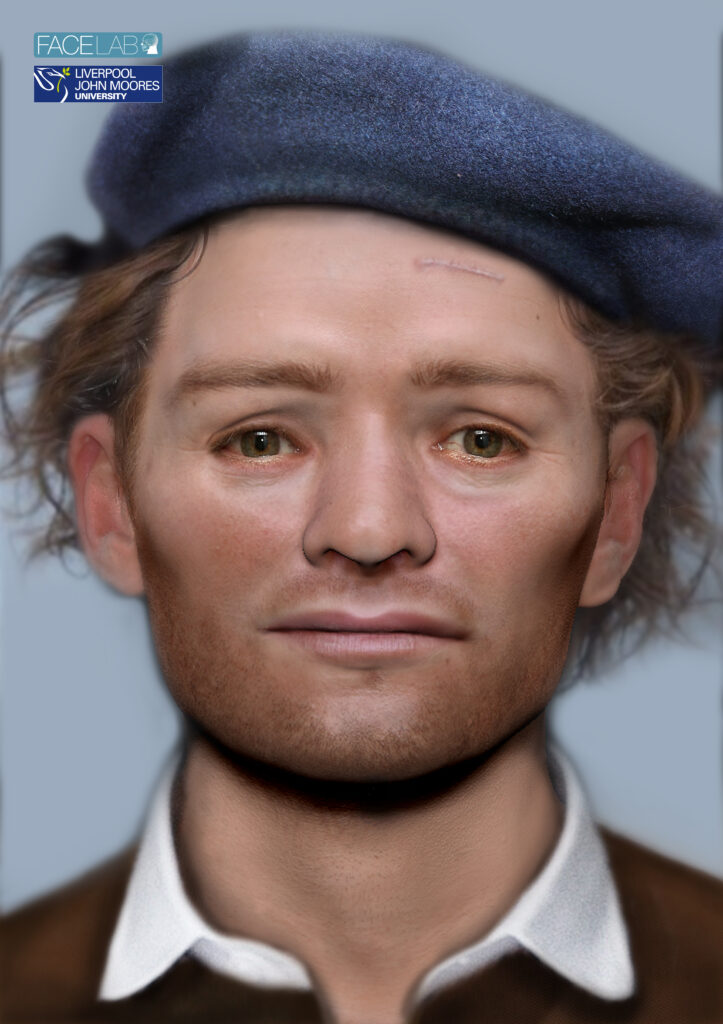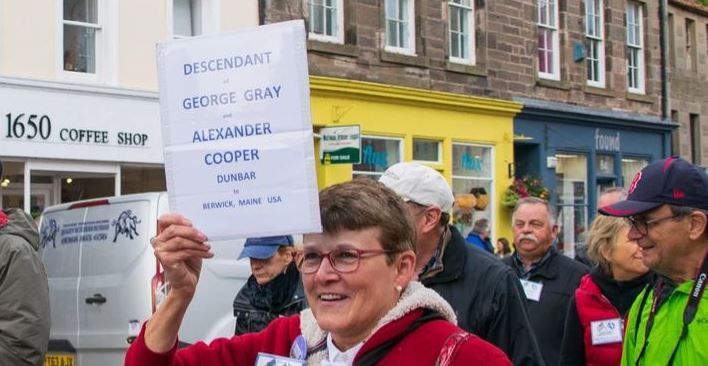The military consequences
For the Scots, Dunbar was an unmitigated disaster. The governing Covenanters were badly discredited, threatening the fragile political union which bound them to King Charles II. The national crisis drove some men towards the king, whilst others considered an accommodation with Cromwell to be better than the resurgence of the royalists. A few military officers refused to continue serving under Leslie, whose reputation was tarnished but not tattered. On reaching Edinburgh the defeated general gathered what remained of his forces and withdrew to Stirling. There he fortified his position with his back to the north and began rebuilding the Scottish army.
Cromwell followed up his victory by finally securing Edinburgh, although it would take time for the lofty castle to submit. Capturing the capital and its port alleviated some of the immediate supply problems, but the English army was just as tired and understrength after Dunbar as it had been before. Leslie’s protracted defiance had in fact left Cromwell unable to fully exploit the scale of his eventual success. Although the western Covenanters were stamped down, Cromwell was unable to seriously threaten the Scots’ position in Stirling. The war dragged on into the winter, with small parties of Dunbar survivors menacing the English supply lines and forcing a succession of raids, counter-marches and sieges.
But Dunbar’s significance was politically more decisive: the Covenanters could no longer resist the momentum which swung towards the king, who was crowned at Scone in January 1651 by men who had helped to bring down his father. Charles held a parliament and was effectively restored as the head of government. Royalists could again serve in the army, including those from the Highlands whose military support was much needed. In the summer, the English bypassed the army at Stirling by crossing the Forth and fighting a bloody battle at Inverkeithing before marching on Perth. King Charles seized the opportunity to carry the war out of Scotland and rally his English supporters, leading the army south. The response from the war-weary English was bitterly disappointing, but Charles reached as far as Worcester before Cromwell was able to surround him with massively superior forces. The Scots-Royalist army was crushed on 3 September 1651, the first anniversary of the Battle of Dunbar. Charles narrowly escaped into exile. Not until 1660 would he finally be restored to his thrones.
The fate of the Dunbar prisoners

Immediately after the battle, the victors faced a significant humanitarian and resource challenge. The large numbers of prisoners taken was too much for Cromwell’s army to cope with, since it was still struggling to supply its own men. Those who were wounded were released, but although Cromwell issued a decree promising safe passage to those coming to collect them the reality is that few people were in any position to do so. Straggling lines of wounded men stretched out from Dunbar into the distant reaches of Scotland, carrying with them the sense of a truly national disaster beyond anything previously experienced by the Covenanters in the Civil Wars.
Four thousands prisoners – those able-bodied enough to pose a threat if released – were marched south into England. When some of the exhausted men refused to cross the Border, they were shot. At Morpeth, the starving prisoners gorged on cabbage roots. Sickness soon spread. On reaching Newcastle the officers were separated and removed to captivity in Tynemouth Castle; the rest trudged on to Durham, where they were housed in the huge cathedral. Over 1,600 of the prisoners perished before parliament was able to settle their fate.
Of the survivors, a few were destined for military service overseas and many more to years of indentured service. Some remained in the north-east of England, in linen or mining industries; others went south to work on engineering projects in the Fens. Some were transported to Barbados, and 150 were sent aboard the Unity to work out their indentures in North America. The lucky ones went on to establish new lives after their mandatory seven years, creating a diaspora of descendants and playing roles in the development of a new nation. Prisoners taken at Worcester suffered similar fates.
In 2018, the remains of a small group of Scottish prisoners of war who had died in Durham were re-interred following the discovery of a mass burial pit in the university grounds. The discovery and subsequent research, undertaken with great sensitivity, has provided an unrivalled insight into the lives and deaths of these unfortunate men. Cutting edge facial reconstruction work (undertaken by Liverpool John Moores University) has ensured that the face of one of the Dunbar prisoners can be seen once more; a moving reminder of the human cost of war, both past and present.
In September 2019, a group of around 40 descendants of Scottish soldiers who had been captured in 1650 accompanied pipers, horses and re-enactors in a parade through Dunbar town centre. For thousands, the Battle of Dunbar had been the end of their story: for others it proved to be the beginning of a new one.
The soldiers of 1650 are not forgotten.

